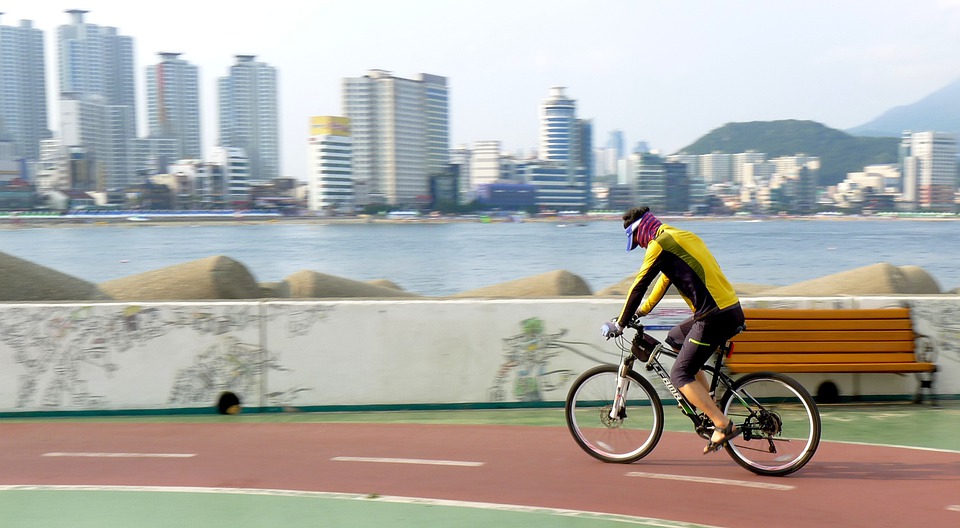
Do you think that a higher cadence is always better when cycling? Well, you aren’t alone — many cyclists believe this to be the case. However, cadence isn’t everything: and in some cases, a lower one can actually be faster. In this blog post, we’ll explore the truth about cadence in cycling, and help you figure out what works best for you.
How can a cycling cadence be explained?
In a nutshell, this is the number of rotations of the crank per minute and is usually measured using a bike computer. Most cyclists will have a natural cadence that they ride at, and will find it comfortable to maintain this speed.
In general, a higher cadence is associated with lower speeds and a lower cadence with higher speeds. But this isn’t always the case — it’s possible to ride at a high cadence and still go fast. For example, Tour de France riders will often have a cadence of around 110-120rpm when riding uphill.
What kind of cadence will work best for you?
The answer to this question varies depending on different factors:
- Your fitness level. If you’re just starting, you might find it more comfortable to ride at a lower cadence. As you get fitter, you’ll be able to increase your cadence without it feeling too hard.
- The gradient of the hill. If you’re riding uphill, it’s often better to have a lower cadence so that you don’t overwork your legs.
- Your gears. If you have a lot of gears, you can ride at a lower cadence in high gear. This will make it easier to pedal and you won’t have to work as hard.
- Your bike. If you’re riding a road bike, you’ll be able to ride at a higher cadence than if you’re on a mountain bike. The reason is that road bikes are designed for speed and have lighter frames.
In general, it’s best to start at a comfortable cadence and then gradually increase it as you get fitter. If you find yourself pedaling too hard, it’s probably time to shift gears. When you’re riding uphill, it’s normal to have a lower cadence — so don’t worry if you find yourself going slower than usual.
Is there such a thing as pedaling too fast?
Yes, there is! If you pedal too fast, you might find yourself bouncing in the saddle. This can be uncomfortable and can also lead to injuries. So before you start pedaling like crazy, make sure that you’re comfortable with the speed and that you have the right gear.
There is no one perfect cadence that everyone should aim for. Some cyclists prefer to pedal at a higher one, while others find it more comfortable to pedal at a lower cadence. Try different methods until you find one that works for you.
Is it better to pedal faster or harder?
Usually, it’s better to pedal faster rather than harder. This is because pedaling at a higher cadence will make you less likely to tire out and will reduce the strain on your knees.
But sometimes, pedaling harder can be more efficient. The reason is that you’ll be able to maintain a higher speed even when going uphill. So if you’re riding on a flat road, it’s best to pedal faster. Though it may be more difficult, if you’re going uphill, you’ll have better results by pedaling harder.
Well, there you have it! We’ve covered a lot of ground in this article, but hopefully, you now have a better understanding of cadence and how to find your ideal cycling rhythm. As we mentioned before, everyone is different and will pedal at different speeds. So experiment until you find what works best for you. And don’t forget that there is no ‘ideal’ cadence — just ride at your own pace!
Have any questions? Ask them in the comments below and we’ll be happy to help.